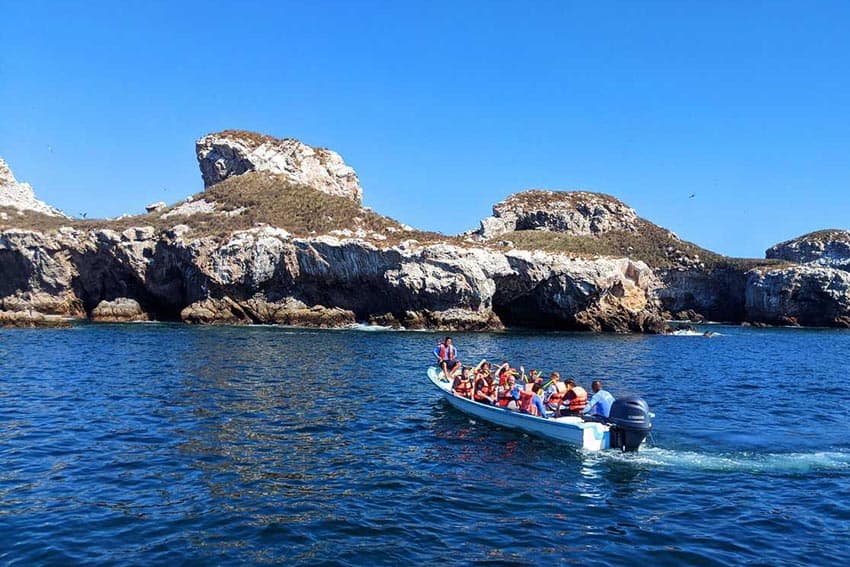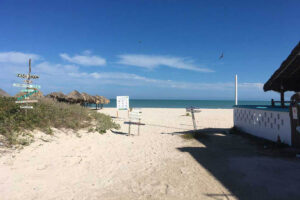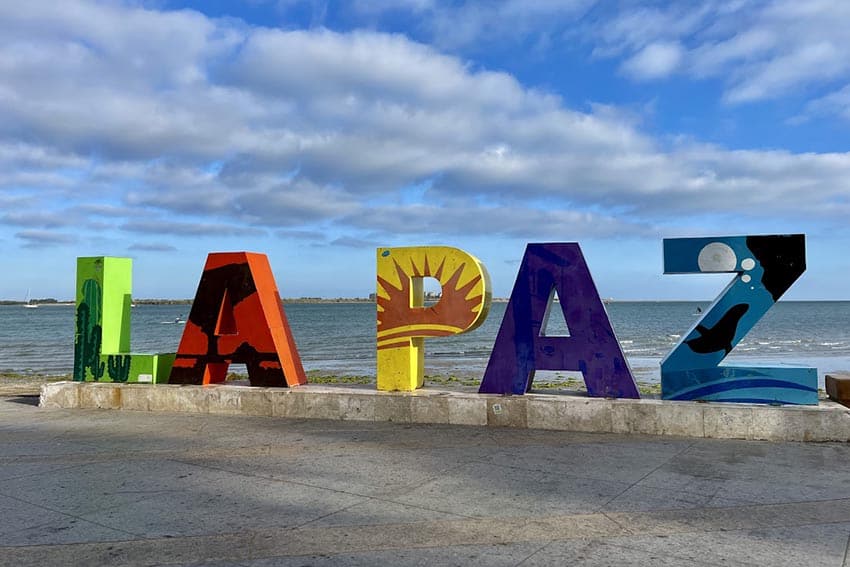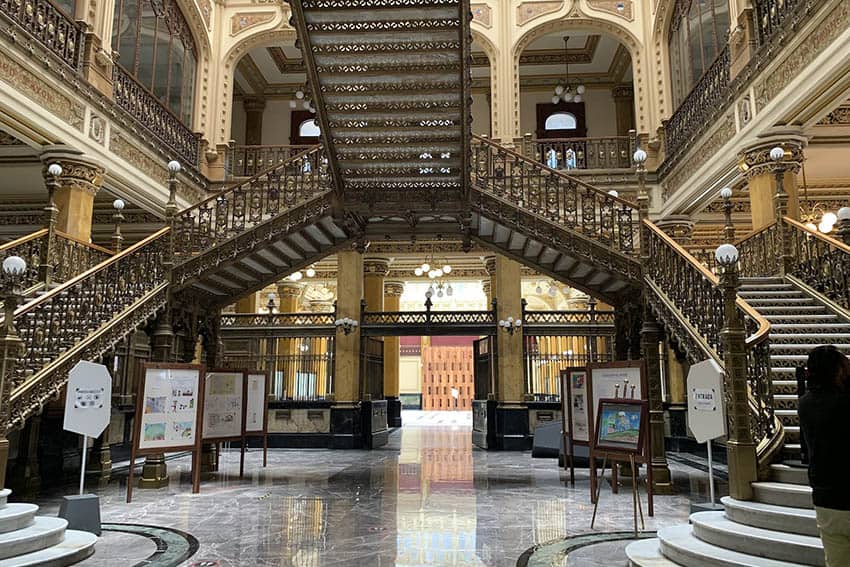Exploring Mexico City’s Centro Histórico: Practicing the art of slow travel
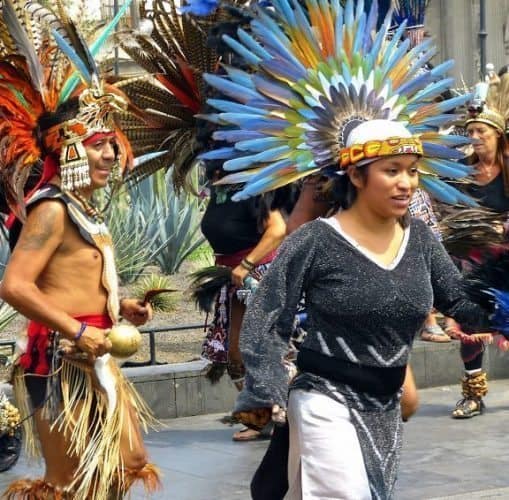
By Jeanne Block
I have to be honest. I did once spend less than 48 hours in a city as a tourist. I was on my way to Namibia, had to fly through Johannesburg and wanted to see the Apartheid Museum.
So, 36 hours in Jo’burg. I say this because I’m not a big fan of “48 hours in X City” stories which have you jumping like a puppet from one “must-see” place to another. If that’s your style – or all your calendar or budget allows – then go for it.
But I definitely prefer to spend time in a city –- or one neighborhood of a city — getting to know its rhythms and moods, and Mexico City is a perfect place to practice the art of slow travel.

The largest city in the western hemisphere, Mexico City can seem overwhelming. But if you view it as a series of neighborhoods and pick one to explore, it quickly becomes user-friendly.
Centro Histórico, the historic center of the city and the ancient center of the Aztec empire, is a great place to start your discovery of Mexico City.
Designated a UNESCO World Heritage site in 1987, there is so much to see and do here that you can easily spend 4-5 days or more exploring on foot, the original slow travel mode of transportation. Here are a few places and experiences that I found to be special.
Around the Zócalo
The Zócalo is the main public square or plaza in Mexico City. Officially known as Plaza de la Constitución, the Zócalo is always a hub of activity and a great starting place for exploration of Centro Histórico. It’s size is impressive, as many thousands of people gather here for protests against the government, or to see Paul McCartney play music. It’s the largest square in the hemisphere.
The Catedral de Metropolitana, Mexico’s national cathedral, borders the Zócalo to the north. With construction started in the late 16th century, it is the oldest and largest church in the Americas.
The gilded Altar del Perdón (Altar of Pardon) inside the central entrance is just one of many prized works of art within the cathedral.

Next to the cathedral lie the ruins of Templo Mayor (Great Temple), the central temple of the Aztec Empire.
Built in 1325 and destroyed by Spanish conquistadors in 1521, the temple lay buried until discovered by electrical workers in 1978.
The site is still being excavated, and walkways throughout the ruins allow visitors to see altars and stone images of gods and goddesses in situ, providing the experience of an archeological dig in action. The Templo Mayor Museum next to the ruins documents the history of the Aztec empire and exhibits masks, urns, stone statues and other archeological findings from the temple excavation.
Groovin’ on a Sunday Afternoon
Sundays are for people-watching in Mexico City. Especially if the weather is nice, everyone is outdoors. In Centro Histórico, you can spend hours on the Zócalo being entertained by local craft and food vendors, street musicians, and, if you’re lucky, Aztec dancers. Every Sunday morning city residents get a break because cars and trucks are banned from driving on the main thoroughfares. Bikes, bladers and stroller pushers rule, from 7 am til 2 pm. Read more about this on GoNOMAD. It’s the quietest the roaring Reforma boulevard will ever get!
Then head down Avenida 5 de Mayo to the Palacio de Bellas Artes (Palace of Fine Arts), a national treasure of architecture and art, both inside and out. It houses numerous exhibition halls, permanent murals by Mexican masters, and Ballet Folklórico de México.
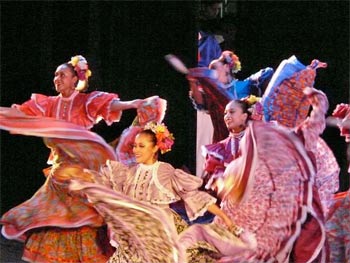 The grounds of the Palacio are a gathering spot for young families and friends who sit along the garden walls and chat.
The grounds of the Palacio are a gathering spot for young families and friends who sit along the garden walls and chat.
Just past the Palacio is Alameda Central, the large city park which was created over 400 years ago. Its leaf-shaded sidewalks are lined with benches – perfect spots for a few minutes’ rest and people-watching.
Small plazas throughout the park feature statues of Mexican heroes and flowing fountains, which echo the sounds of children’s laughter as they play in the water in warm weather.
Diego Rivera Murals
Mural master, political activist, and husband of Frida Kahlo, Diego Rivera was larger than life. His frescos – huge murals painted on walls – are also larger than life. His works can be seen in the Palacio Nacional on the Zócalo and the Palacio de Bellas Artes several blocks away.
Museo Mural Diego Rivera, located at the western edge of the Alameda Central, houses one of Diego’s most famous murals: Dream of a Sunday Afternoon in the Alameda Central.
Almost 50 feet long, the mural depicts famous people and events in Mexican history enjoying a day in the park. Diego painted himself as a child, holding the hand of a Catrina (skeleton figure), with Frida Kahlo standing behind them.

But my favorite Diego site, one much less visited than the others, is the Secretaría de Educación Pública building. You can spend hours viewing 120 murals which cover the walls on three floors of an open-air courtyard.
These murals, painted over a six-year span in the 1920s, depict scenes of workers and traditional life in Mexico at that time. You have to really look to find the building, but it is well worth the search.
Ballet Folklórico de México
The history and culture of Mexico come alive through traditional dance and music performed by Ballet Folklórico. Founded in 1952 by Amalia Hernández, a dancer and choreographer at the National Institute of Fine Arts in Mexico City, Ballet Folklórico has since performed over 15,000 shows around the world.
It also performs on a permanent basis in the Palacio de Bellas Artes theater, which features a spectacular stained glass stage curtain – actually a series of folding panels – depicting the valley and volcanoes surrounding Mexico City.
Made by Tiffany & Company of New York, the curtain is composed of 1 million pieces of iridescent glass.
Tip: The Palacio is a short walk from any hotel in Centro Histórico, and it is very easy to purchase tickets yourself at the ticket office. There is no need to pay the additional fee charged by numerous companies which package the tickets and round-trip transportation from your hotel to the show.
Museo de Arte Popular
I love folk art – the decorative and often utilitarian art that comes from indigenous cultures. If you do too, then Museo de Arte Popular is the place to go. Dedicated to the preservation of Mexican handicrafts and folk art, the museum, which opened in 2006, is housed in a stylish art deco building from the 1920s.

Its three levels display popular art from around the country, including textiles, pottery, wood-carving, and masks. My favorites are alebrijes – fantastical painted creatures from Oaxaca made of wood or paper maché, and catrinas – skeleton figures very common in Mexican folk art.
Where to Stay and Eat
There are numerous choices of hotels and B&B’s in Centro Histórico. I stayed at the Chillout Flat Bed and Breakfast.
Located in a historic apartment building half-way between the Zócalo and the Palacio de Bellas Artes, it is clean, comfortable, and reasonably priced, with friendly owners and tasty home-cooked breakfasts.
Café de Tacuba, just a short walk away, has been in the same location since 1912. Its décor includes stained glass, Mexican tiles, and large frescos, and has the feeling of a restaurant within a mansion-cum-art museum.

I highly recommend any of the tamales, mole poblano, and one of their special margaritas. Another historic restaurant within easy walking distance is Sanborns housed in Casa de los Azulejos (House of Tiles).
Originally built for the Count of Orizaba in the 18th century, the building is covered on three sides with blue and white tiles, and its interior includes carved stone columns and fountain, a stained glass roof, and a mural by one of Mexico’s most famous muralists, Jose Clemente Orozco.
Regardless of whether it’s your first trip to Mexico or you’ve been many times, Mexico City’s Centro Histórico offers a full menu rich in history, arts and culture for all tastes.
 Jeanne Block is a nurse/health educator who lives in Santa Fe, New Mexico and has been traveling solo for over 25 years. In addition to solo journeys around the United States and to Europe, Africa, and Micronesia, she has been to Mexico eight times, drawn by a love of the people, culture, colors and food!
Jeanne Block is a nurse/health educator who lives in Santa Fe, New Mexico and has been traveling solo for over 25 years. In addition to solo journeys around the United States and to Europe, Africa, and Micronesia, she has been to Mexico eight times, drawn by a love of the people, culture, colors and food!
- The Wild Mississippi: 2340 Miles Across Ten States - April 8, 2024
- Exploring the Floating Villages of Tonle’ Sap Lake - April 3, 2024
- Woman Traveling Solo on Turkish Buses - March 27, 2024


